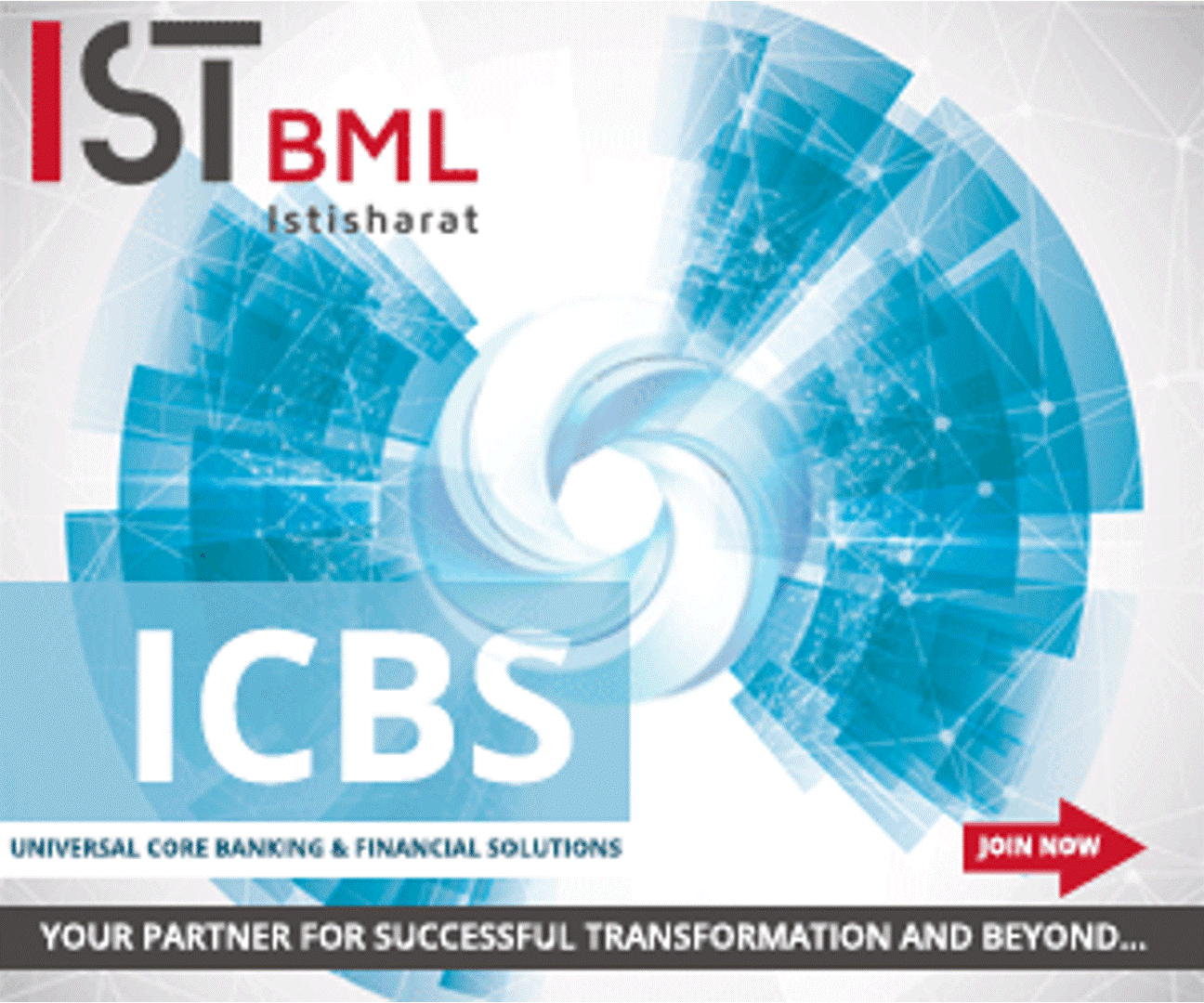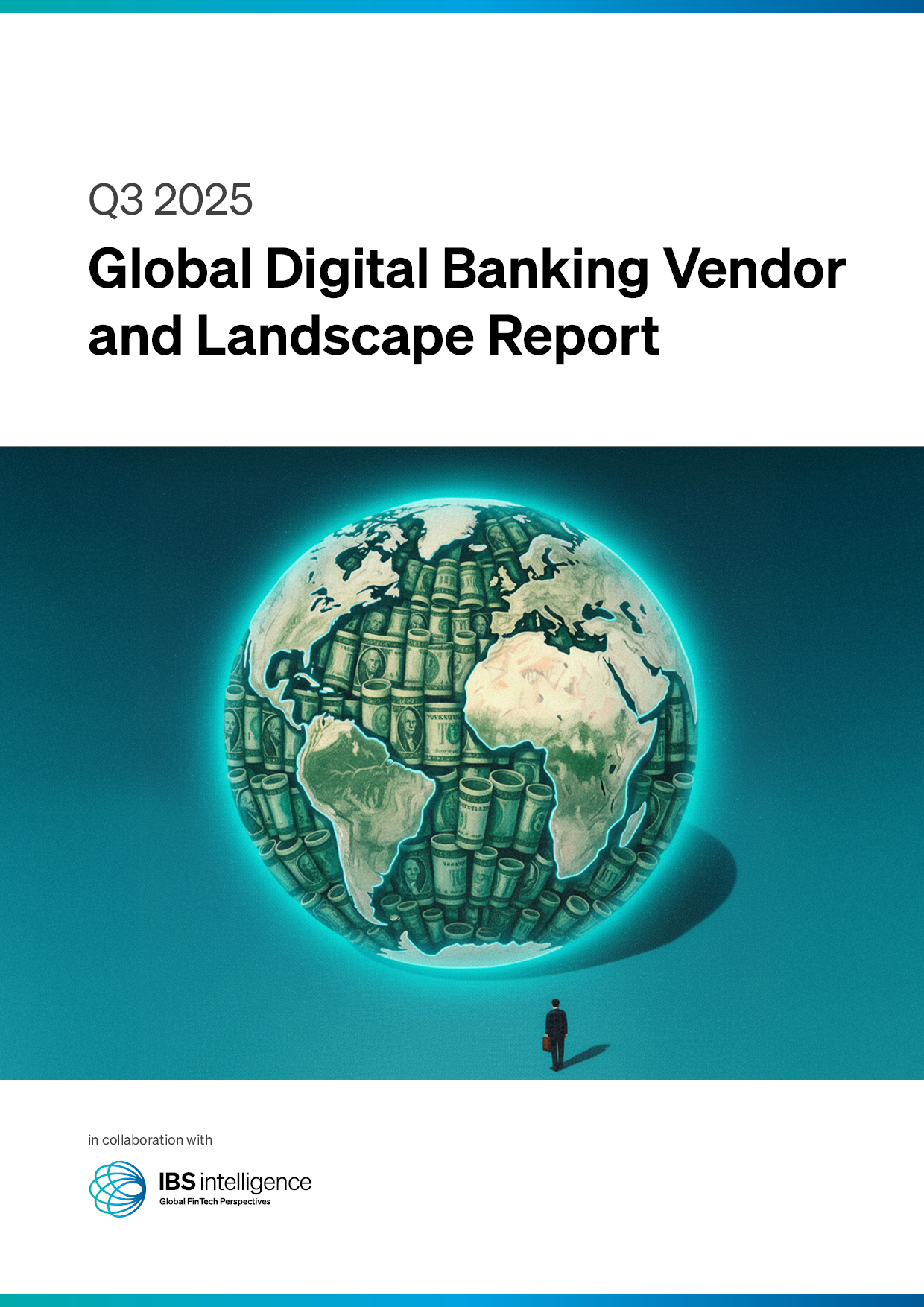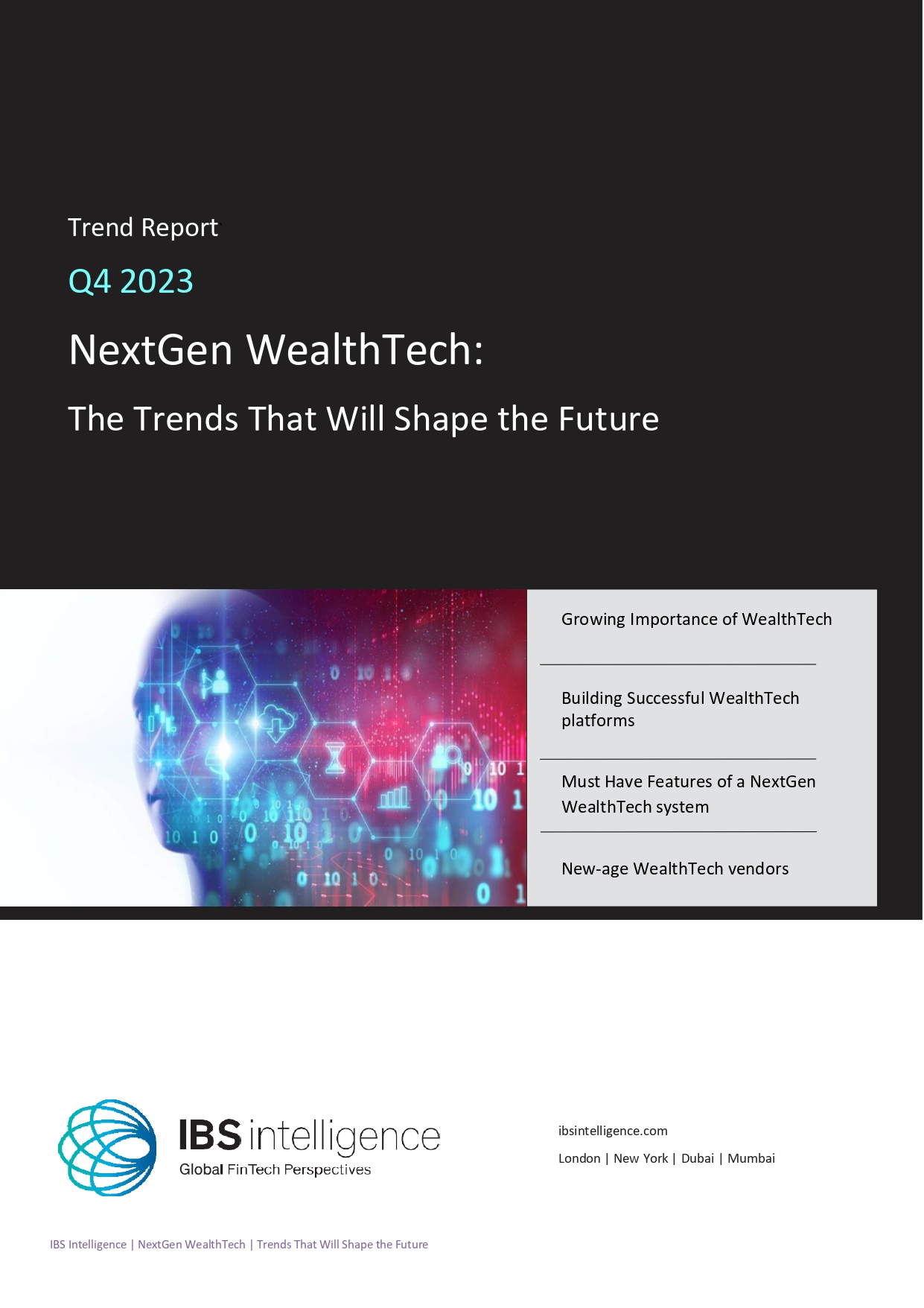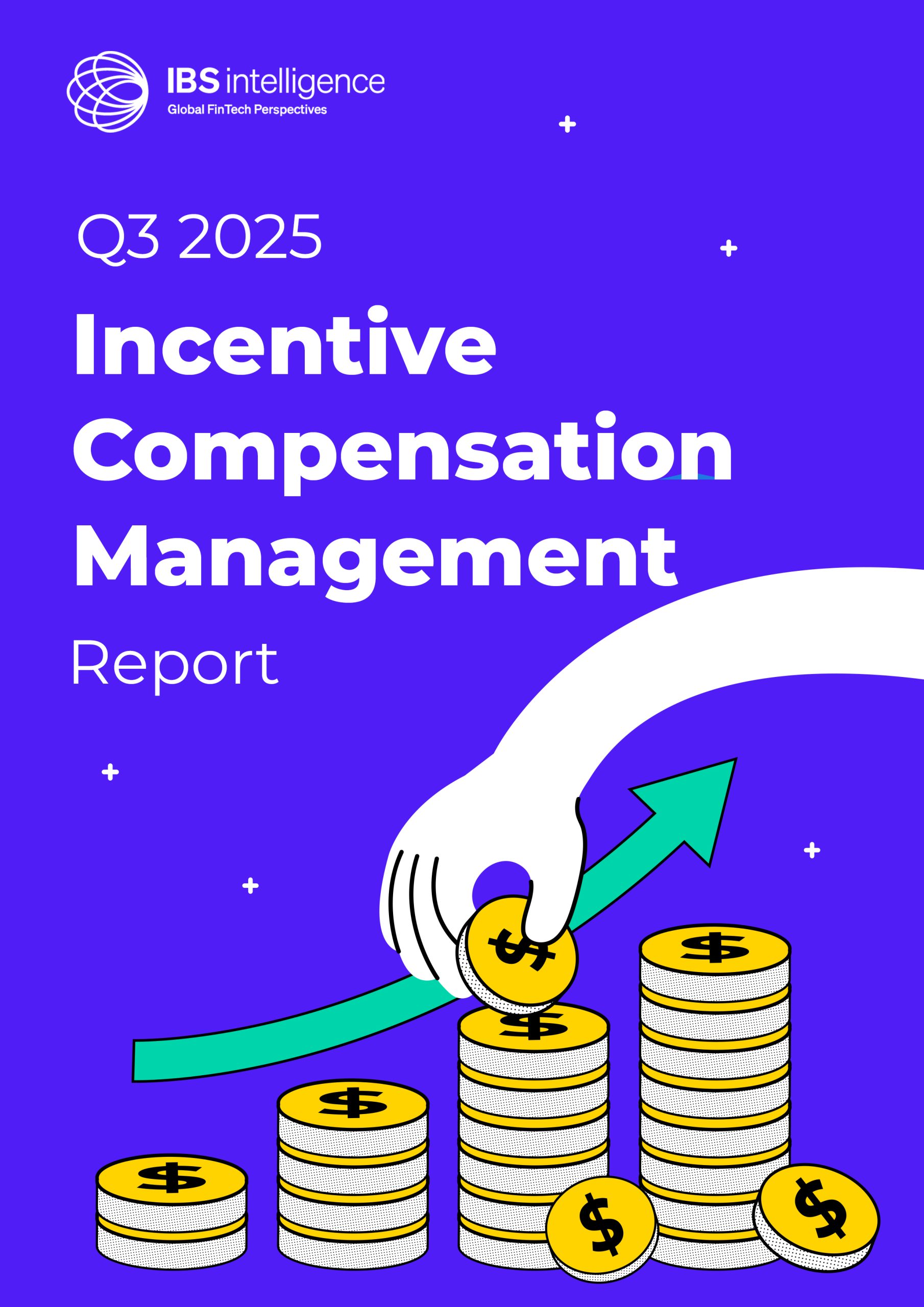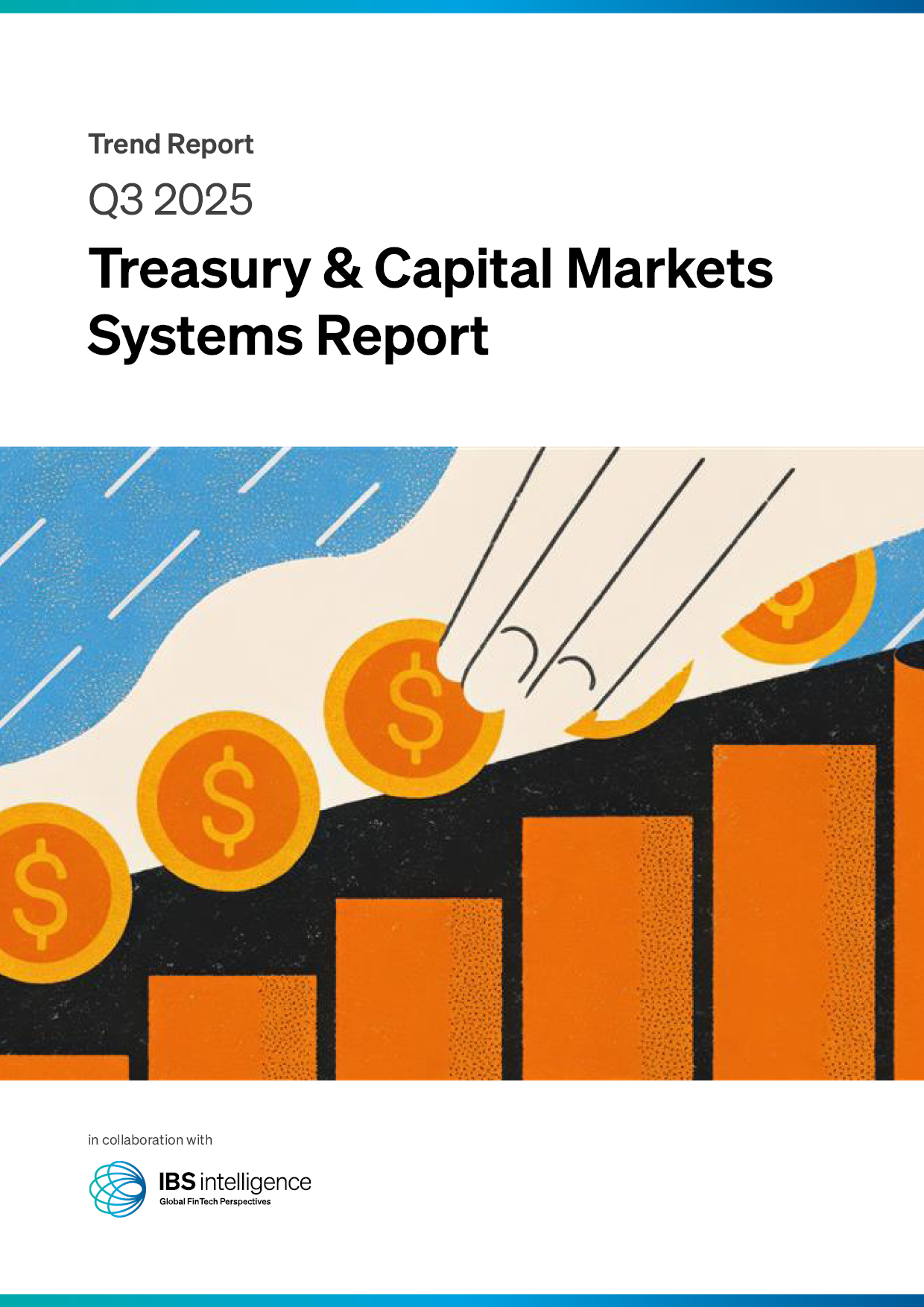 Back
Back
Brazil drives Latin America’s digital commerce transformation
By Vriti Gothi

Brazil has emerged as the engine of Latin America’s eCommerce growth, driving nearly half of the region’s expansion. Its vibrant FinTech ecosystem, supported by regulators and banks, has made it a focal point for innovation that reverberates across LATAM. At the heart of this transformation is PIX, Brazil’s instant payments system, which has showcased how quickly innovation can scale when key stakeholders align.
Tristán Torres Velat, Chief Commercial Officer at PayRetailers, said, “Brazil drives about half of LATAM’s eCommerce growth, and it’s the market everyone watches first. PIX showed how quickly innovation can scale when regulators, banks, and FinTechs align. Speed was only the starting point. The challenge now is evolving from one-off payments to recurring flows, smarter orchestration, and stronger resilience. Merchants need systems that handle subscriptions, refunds, and cross-border commerce as seamlessly as single transactions.
“What happens in Brazil has a ripple effect. PIX is being studied across the region, but replication isn’t simple. Each market has different rules, infrastructure, and regulatory priorities. The real lesson from Brazil isn’t just the rail itself, but the conditions that made it work: strong regulator engagement, coordinated industry participation, and a focus on usability.
“The next phase is about enablement, not just inclusion. For global platforms, Brazil is both the entry point and the stress test. If your flows work there, you can usually make them work elsewhere. That’s why Brazil will keep setting the tone for payments innovation across LATAM.”
PIX is a case study in how coordinated efforts between regulators, banks, and FinTechs can drive rapid adoption. Beyond instant payments, the ecosystem has created opportunities for recurring transactions, enhanced cross-border flows, and sophisticated payment orchestration. As Torres Velat points out, merchants now require systems capable of handling subscriptions, refunds, and international payments with the same efficiency as single transactions, a step that demands technical innovation, operational resilience, and user-friendly design.
The ripple effect of Brazil’s innovation is already visible across Latin America. Countries in the region are studying PIX to understand how instant payment rails could be adapted locally. However, Torres Velat cautions that replication is far from straightforward. Every market has unique regulatory frameworks, infrastructure capabilities, and consumer behaviours. Success in one country does not guarantee the same results elsewhere; it requires tailored strategies, deep collaboration with regulators, and investment in usability to meet local needs.
Brazil also serves as a stress test for global platforms entering LATAM. The country’s diverse market dynamics, regulatory scrutiny, and high consumer expectations make it an ideal proving ground. If a FinTech solution works seamlessly in Brazil, it is likely to perform well in other LATAM markets, but only if the underlying infrastructure is robust and adaptable. This principle underscores the importance of designing systems that are resilient, flexible, and capable of handling both current demands and future growth.
Looking ahead, the focus in Brazil is shifting from financial inclusion to enablement. While early innovations centered on providing access, the next phase emphasizes enhancing functionality, improving reliability, and delivering seamless experiences for merchants and consumers alike. The lessons from Brazil extend beyond the PIX rail itself they highlight the critical importance of collaboration, regulation, and usability in driving FinTech innovation.
As LATAM’s eCommerce continues to expand, Brazil will remain at the forefront of payments innovation. Its successes and lessons will guide FinTech strategies, inform regulatory approaches, and inspire cross-border digital commerce. For FinTechs, merchants, and global platforms, Brazil is not just a market to watch it is the benchmark against which regional innovation is measured.
IBSi FinTech Journal
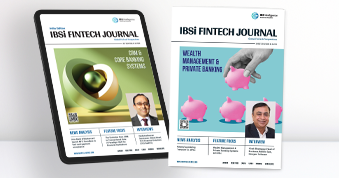
- Most trusted FinTech journal since 1991
- Digital monthly issue
- 60+ pages of research, analysis, interviews, opinions, and rankings
- Global coverage

